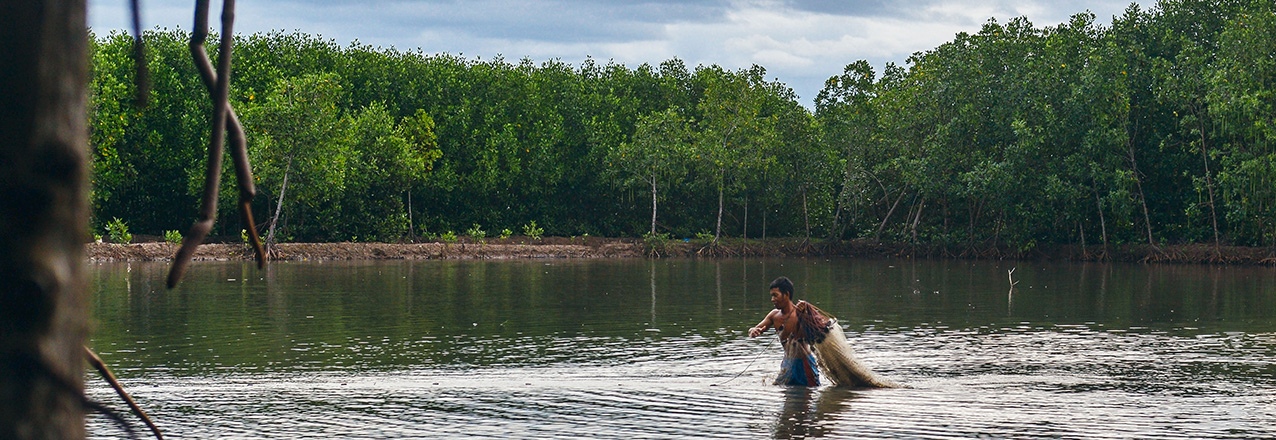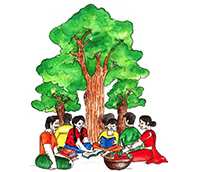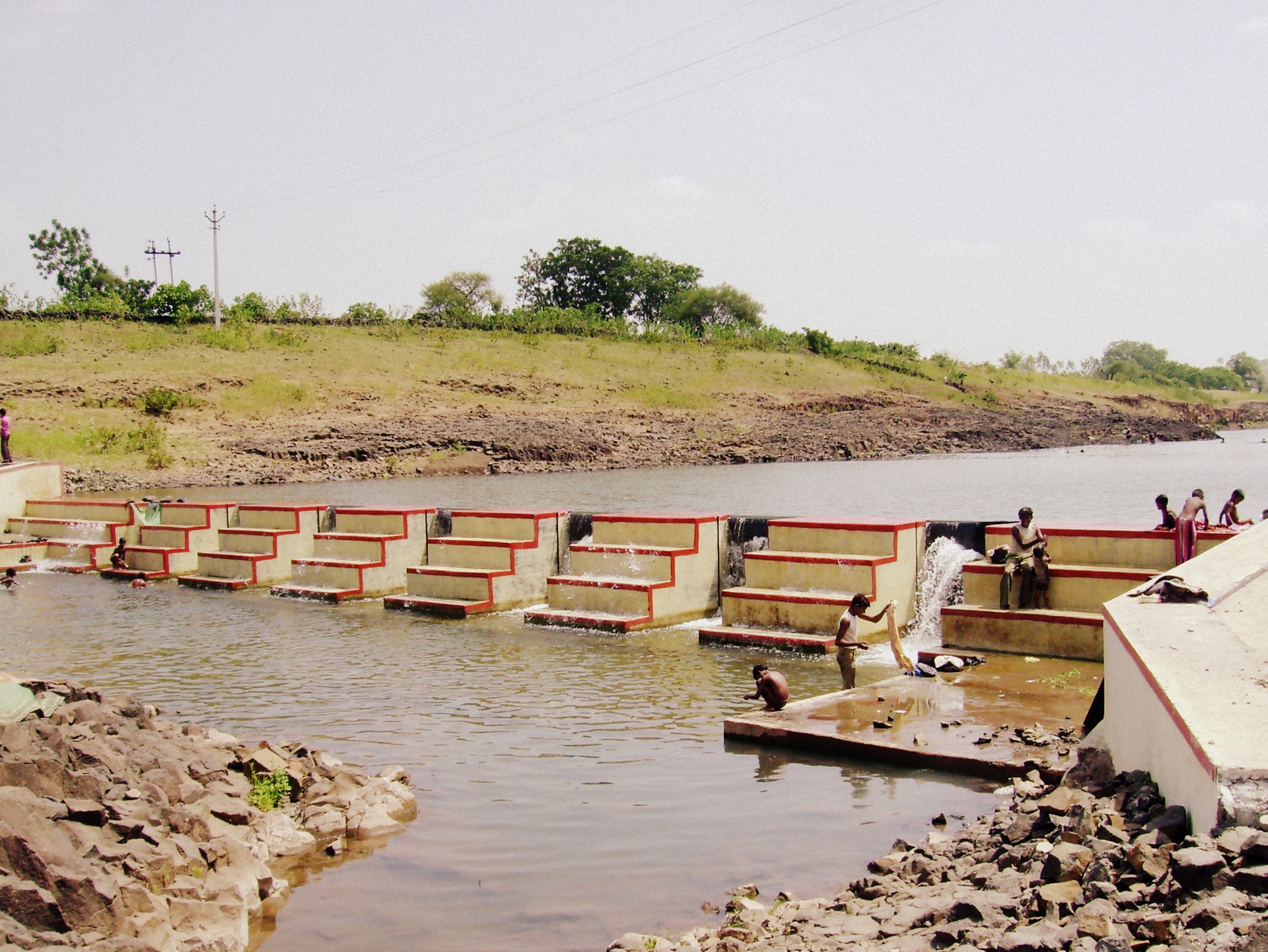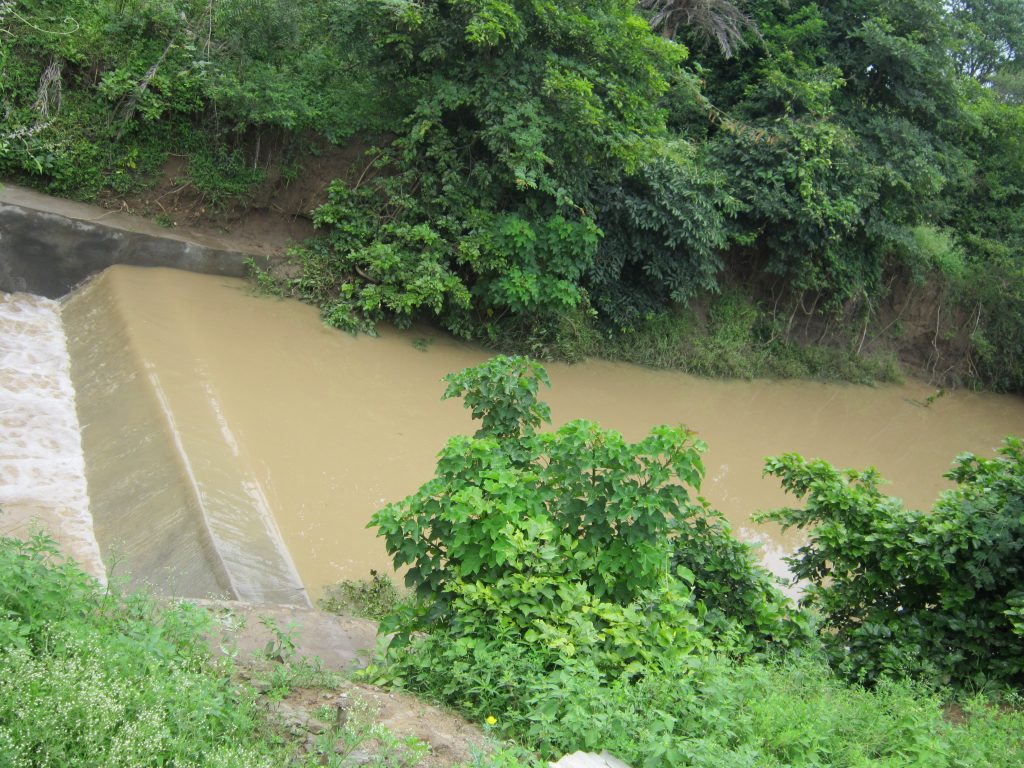
Natural Resource Management is the management of natural resources such as land, water, soil, plants and animals, with a particular focus on how management affects the quality of life for both present and future generations. Natural Resource Management deals with managing the way in which people and natural landscapes interact. It brings together land use planning, water management, biodiversity conservation, and the future sustainability of industries like agriculture, mining, tourism, fisheries and forestry. It recognizes that people and their livelihoods rely on the health and productivity of our landscapes, and their actions as stewards of the land play a critical role in maintaining this health and productivity.

Natural Resource Management specifically focuses on a scientific and technical understanding of resources and ecology and the life-supporting capacity of those resources.
Identify and categorize the stakeholders that may have influence
Develop an understanding of why changes occur
Establish who can make changes happen
How to best manage natural resources
Natural resource management issues are inherently complex. They involve the ecological cycles, hydrological cycles, climate, animals, plants and geography, etc. All these are dynamic and inter-related. A change in one of them may have far-reaching and/or long term impacts which may even be irreversible. In addition to the natural systems, natural resource management also has to manage various stakeholders and their interests, policies, politics, geographical boundaries, economic implications and the list goes on. It is very difficult to satisfy all aspects at the same time. This results in conflicting situations.

The various approaches applied to natural resource management include:
Top-down (command and control)
Community-based natural resource management
Adaptive management
Precautionary approach
Integrated natural resource management
We at Jan Jeevika work on Community-based natural resource management
The community-based natural resource management (CBNRM) approach combines conservation objectives with the generation of economic benefits for rural communities. The three key assumptions being that: locals are better placed to conserve natural resources, people will conserve a resource only if benefits exceed the costs of conservation, and people will conserve a resource that is linked directly to their quality of life. When the local people’s quality of life is enhanced, their efforts and commitment to ensure the future well-being of the resource are also enhanced. Regional and community-based natural resource management is also based on the principle of subsidiarity.

A problem of CBNRM is the difficulty of reconciling and harmonizing the objectives of socio-economic development, biodiversity protection and sustainable resource utilisation. The concept and conflicting interests of CBNRM, show how the motives behind the participation are differentiated as either people-centred or planner-centred. Understanding power relations is crucial to the success of community-based NRM. Locals may be reluctant to challenge government recommendations for fear of losing promised benefits.
Our approach for CBNRM is based particularly on our advocacy for the local groups and communities, which helps us to build and extend new versions of environmental and social advocacy that link social justice and environmental management agendas with both direct and indirect benefits observed including a share of revenues, employment, diversification of livelihoods and increased pride and identity.


